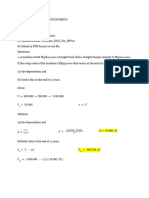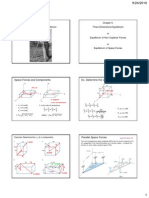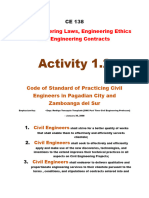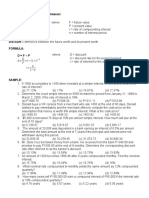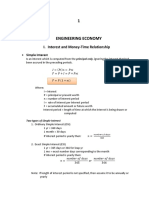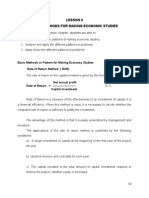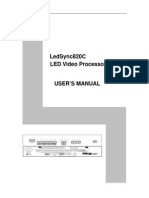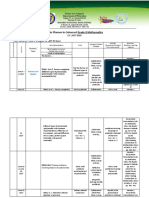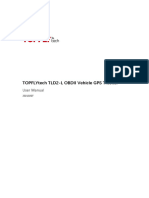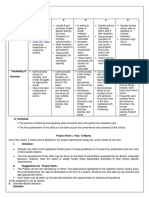MATHEMATICS AND NATURAL SCIENCESDEPARTMENT
College of Arts and Sciences
HOLY NAME UNIVERSITY
City of Tagbilaran
CHEMISTRY 106Chemistry for Engineers
LABORATORY GUIDE
(1.0 units)
Class Schedule: ________________ Room No.: ___________ Semester: _________________ School Year: _________ ______________________________________________ Name of StudentCourse & Year
_________________________________________________ Name of Laboratory Instructor
Name: _______________________ CHEM 106 Lab. Schedule: ______________Course & Year: ______________ Name of Lab Instructor: _______________Group Number: ______________
TABLE OF CONTENTS
ActivityNo. Title of Activity/ExperimentDatePerformedInstructor’sSignature
1Laboratory Orientation, Safety Rules and Precautions2Common Laboratory Apparatuses3The Bunsen Burner 4Coffee Cup Calorimetry5Heat of Combustion of Paraffin Wax6Metals and Some Aspects of Corrosion7Mechanical Properties of Materials8Water: It’s Properties and Purification9Determination of the Dissolved OxygenContent of Water 10Cigarette Smoking and Air Pollution
RULES TO BE FOLLOWED IN THE CHEMISTRY LABORATORY
I.
APPARATUSES AND MATERIALS
1.Students work in groups of three or four.2.Each group will borrow the needed apparatuses and materials from the counter atthe start of the laboratory period. A borrower slip is provided for this purpose.3.The group should return these apparatuses at the end of the laboratory period.Any broken or lost apparatus will be charged to the group.
II.
EXPERIMENT REPORT
1.The ocial experiment paper with the HNU leerhead should be used for the rstpage of each report. For the succeeding pages, the ordinary long bond paper maybe used.2.Reports are due one week aer the compleon of the experiment. These reportsshould be collected at the start of the laboratory period.3.Later reports will not be accepted.4.If the student lacks 30% of the prescribed number of experiments due to absence,unsasfactory work or late reports, etc. the student will automacally receive agrade of 5.0.5.If a student incurs a total of 10 successive or non-successive absences, he willautomacally be dropped from the class.
III.
SAFETY PRECAUTIONSA.Working in the Laboratory
1.When working inside the laboratory, always wear the lab gown. See to it that thelab gown is properly buoned.2.Wear shoes that completely cover your feet. Do not wear open shoes or sandalsinside the laboratory.3.Tie back long hair. Take o jewelries and accessories.4.Wear protecve goggles when carrying out experiments involving concentratedchemicals or while heang chemicals.5.Eang, drinking and smoking are not allowed.6.Behave in a careful and cauous manner. The laboratory is not a playground.
B.Preparing to Conduct an Experiment
1.Read the details of the experiment that you are going to perform before coming tothe lab.2.Plan your work with your groupmates.3.Make sure that you use the correct apparatuses and materials.4.Make sure that you get the correct amount and concentraon of chemicals.5.Organize your work area by arranging the apparatuses and materials on your tableso you can work smoothly.
C.Safety Precauons During an Experiment
1.Do not look down into a test tube, beaker, or ask that contains chemicals while areacon occurs.2.Do not point the open end of the test tube at a person while a reacon occurs.Hold it up to the light and look at it from the side.3.When placing chemicals in a test tube, rst place the test tube in a test tube rack.
4.When heang a test tube, hold it at an angle with a test tube holder and slowlymove it back and forth across the ame. Point the mouth of the test tube awayfrom yourself and from your groupmates.5.When instructed to test for the odor of a substance, hold the container away fromyou. Move your hand over the test tube to fan the vapor toward your nose.6.Procedures that will produce dangerous or foul-smelling fumes should beperformed under a fume hood.7.Before using the glasswares, check for cracks.8.Handle hot glasswares with crucible tongs or test tube holders.9.When inserng glass tubing through a hole in a stopper, rst lubricate the glasstubing with glycerol or water. Hold the lubricated glass tubing wrapped in a towelbefore inserng it through a hole in a stopper. Then, push it through a stopperwith a twisng moon.10.Turn o burners that are not in use. Reach around, not over; a ame.
D.Fire Safety
1.Fires in the chemistry laboratory may be caused by some chemical reacons,electrical faults, gas leakage, and poor laboratory procedures.2.Be familiar with the locaon of water and gas outlets, and re exits.3.Know where to nd and use re exnguishers, rst-aid kits, re blankets, andbuckets in case of re or injury.4.Smother small res with a wet towel or sand. If it fails, use the re exnguisher.5.If your clothes catch res, do not run. Cover yourself with a wet blankets or roll onthe oor or use the shower.6.If a person’s clothes have caught re, lay the person down, roll the person over,and smother the ames with the re blanket.7.Do not play with the electrical sockets, gas ngs, or ammable chemicals in thelaboratory.8.Completely exnguish matches aer use and place them in a nonammablecontainer. Do not throw matches into a waste basket.9.Apparatus used in heang should be allowed to cool before washing or storingthem.10.Hot objects should not be placed directly on bench tops, paper, or otherammable substances. A cool gauze mat should be used.
E.Precauons about Acids and Bases
1.When making dilute acids, slowly add acid to water, not the other way around.2.Only the laboratory instructor or the laboratory technician may handleconcentrated acids or strong bases.3.Listen to your laboratory instructor for proper rst-aid procedures in dealing withaccidents while working with chemicals, such as geng them into your eyes or onyour skin.4.Wear protected glasses or safety goggles to protect the eyes when handlingconcentrated acids.5.When dilute acids and bases are spilled on the skin or in the eyes, immediatelywash the eyes or skin with plenty of water. Strong acids and bases can causeburns. Weak bases can cause burns if they are le in contact with the skin.6.Report all injuries to your laboratory teacher, no maer how small.
F.Disposal and Cleanup
1.Note carefully the method of disposing chemicals in each acvity and followdirecons give by your teacher.2.Throw insoluble wastes, such as paper or broken glass in the waste basket. Throwsolid chemicals in proper waste containers. Dispose liquid chemicals in disposal jars. If directed by your laboratory teacher, soluons may be disposed in the sinkwith plenty of running water.











